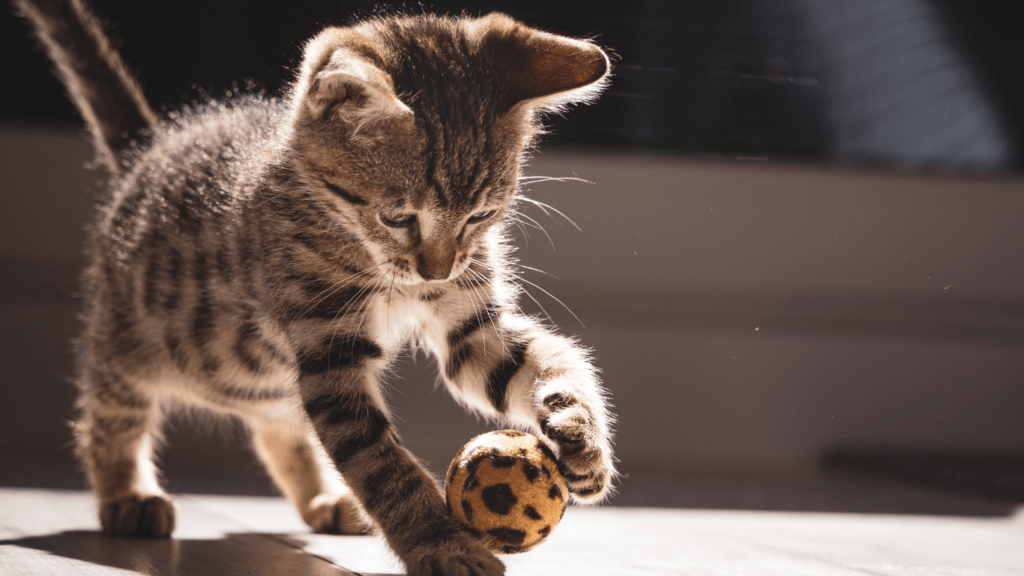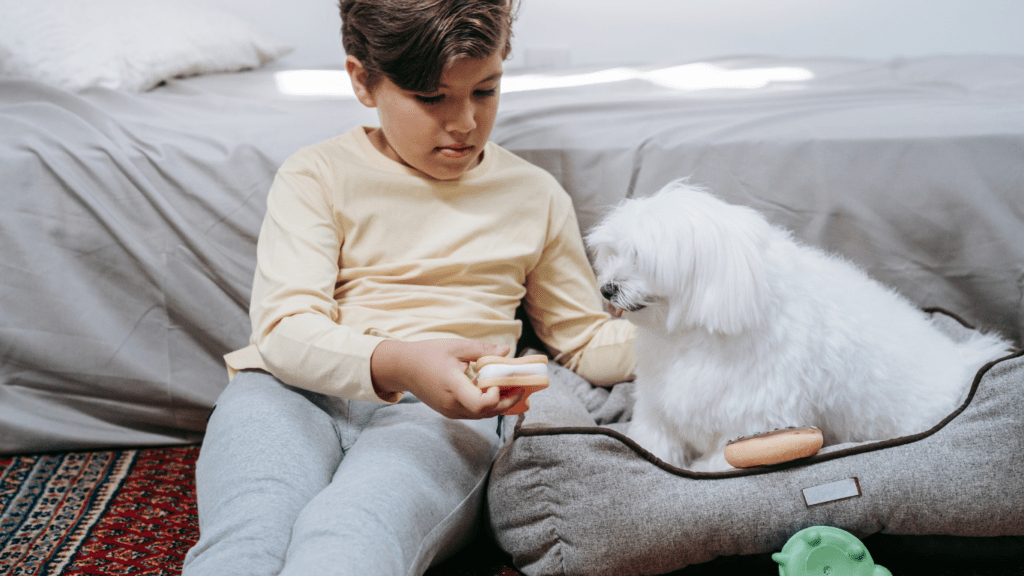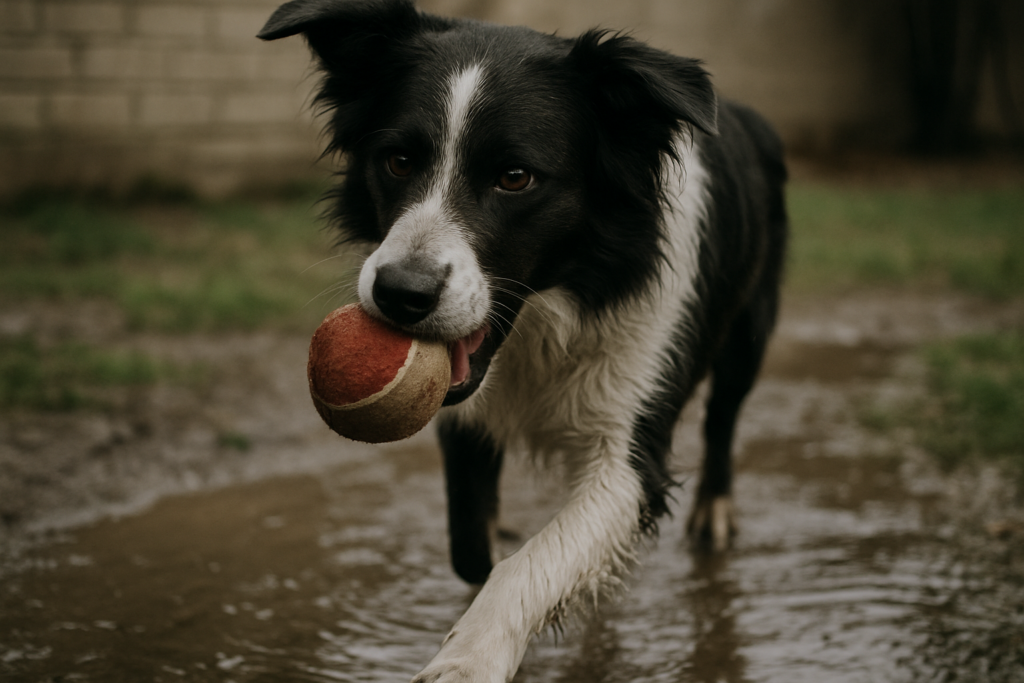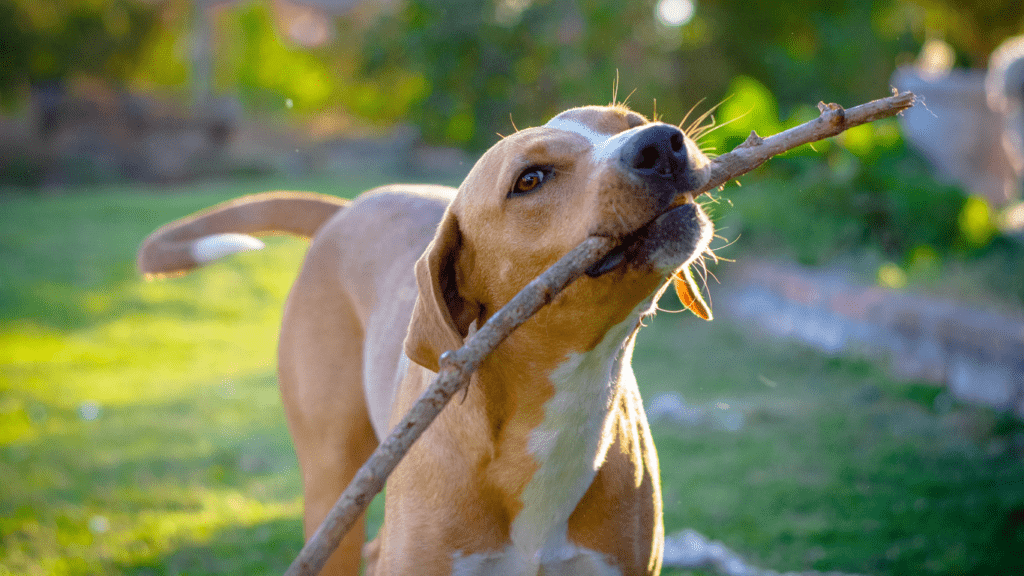Exploring Fun Indoor Activities for Pets
Keeping pets entertained indoors improves their well-being, making it essential to incorporate varied and engaging activities even when they can’t go outside.
Interactive Games for Stimulating Your Pet’s Mind
Interactive games stimulate pets mentally and keep them engaged. Puzzle toys that hide treats challenge pets to solve problems. For dogs, treat-dispensing toys like KONGs keep them occupied for hours.
Cats enjoy laser pointers, which tap into their hunting instincts, and feather wands offering dynamic play. Hiding treats around the house turns snack time into a stimulating treasure hunt. Engaging in hide-and-seek games builds stronger bonds with pets while providing mental stimulation.
Crafting DIY Toys for Pets
Crafting DIY toys can be both fun and cost-effective. Using household items, create toys tailored to your pet’s interests. For dogs, braid old t-shirts into tug-of-war ropes.
Cats delight in toilet paper rolls transformed into treat puzzles. Interactive feeders can be made from cardboard boxes with cut-out holes for inserting treats. Recycling socks into stuffed chew toys helps keep pets occupied. Get creative and ensure toys are safe without small, detachable parts that pets could swallow.
Keeping Pets Physically Active Indoors
Providing physical stimulation for pets indoors helps maintain their health and prevents behavioral issues. Active pets are generally happier and exhibit fewer destructive tendencies.
Creating Indoor Obstacle Courses
Creating indoor obstacle courses introduces a fun and challenging physical activity for pets. Use household items like:
- chairs
- cushions
- boxes
to design tunnels and hurdles.
Make sure the course is safe by securing items to prevent accidental falls. Encouraging pets to navigate these obstacles using treats or toys keeps them engaged and promotes agility.
The Importance of Regular Play Sessions

Regular play sessions play a crucial role in a pet’s daily routine. Dedicating around 15-30 minutes twice a day to playtime helps pets burn energy and stay fit.
Use a variety of toys, such as laser pointers for cats or fetch toys for dogs, to keep the activities diverse. Consistent playtime also strengthens the bond between pets and their owners, enhancing mutual trust and companionship.
Educational Activities for Pets
Educational activities provide both mental stimulation and physical exercise for pets. They not only enrich their lives but also strengthen the bond between pets and their owners.
Training Sessions That Teach New Tricks
Training sessions offer a productive way to engage pets mentally while teaching them new skills. For
Using treats as rewards keeps pets motivated and helps reinforce positive behavior. Consistency and patience during these sessions are key for successful training outcomes.
Introducing Puzzle Feeders for Mental Stimulation
Puzzle feeders challenge pets to think and solve problems to access their food. These feeders come in various designs, from simple treat-dispensing toys to intricate puzzles requiring multiple steps to release the food.
Dogs may enjoy using Kong toys filled with peanut butter or kibble, while cats might prefer puzzle boxes with hidden treats. Incorporating puzzle feeders into daily routines not only extends mealtime but also sharpens pets’ cognitive skills.
Safe Spaces and Comfort Zones for Indoor Pets
Creating a safe and comfortable environment for pets indoors is essential for their wellbeing. Establishing designated areas helps pets feel secure and relaxed.
Designing a Pet-Friendly Room
A pet-friendly room should include comfortable bedding and accessible water. Place beds in quiet corners where pets can retreat and rest undisturbed. Use non-toxic materials and avoid sharp objects. Ensure the room has proper ventilation and a stable temperature.
Include engaging items, like scratching posts for cats or chew toys for dogs. If space allows, add climbing structures or tunnels to keep pets active. Use baby gates to block off unsafe areas while allowing your pet freedom within their designated space.
The Role of Quiet Areas and Hiding Spots
- Quiet areas and hiding spots provide essential retreats for pets.
- Cats, for instance, enjoy nooks where they can hide and observe their environment.
- Dogs also benefit from cozy corners, especially in busy households.
- Use enclosed beds or crates to create these safe havens.
- Placing these spots in less trafficked areas minimizes stress, ensuring pets have a place to relax.
- Rotate toys and enrich these spots with familiar scents to maintain comfort and engagement.


